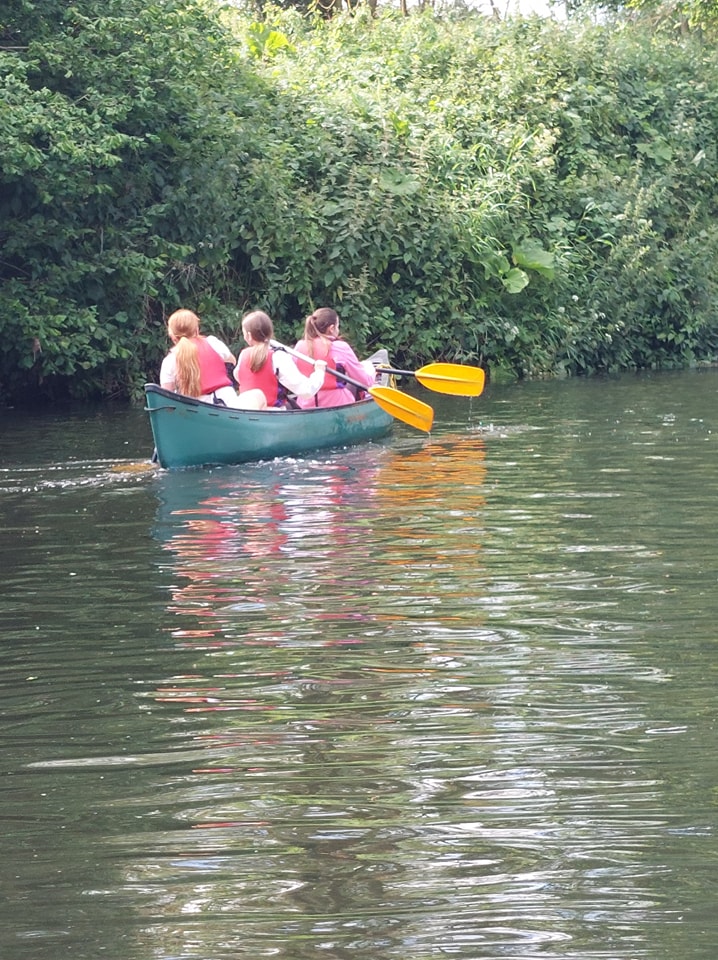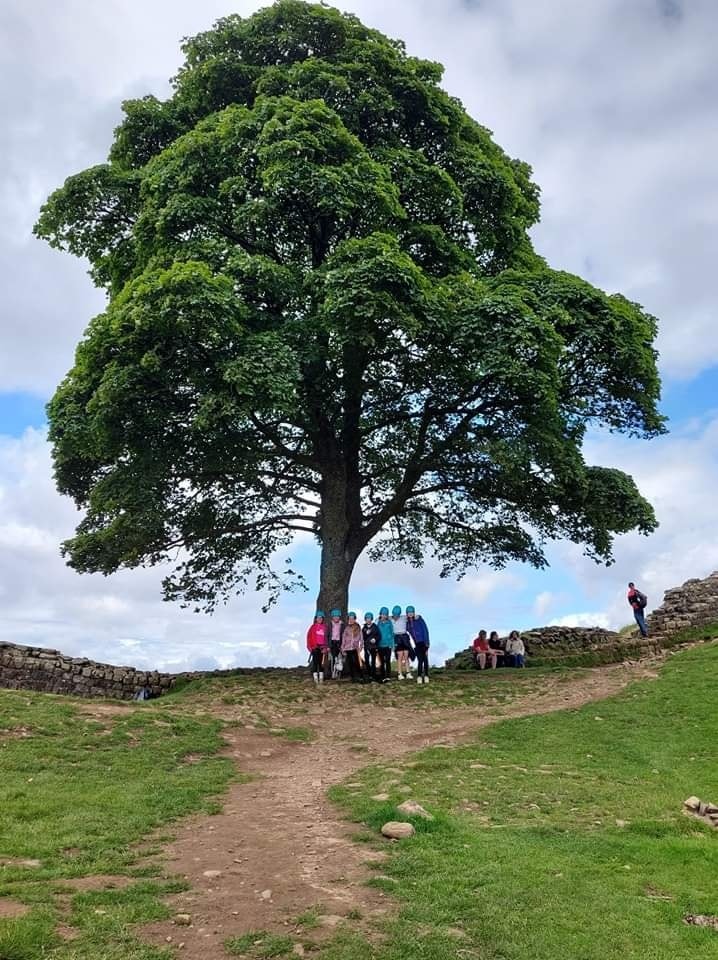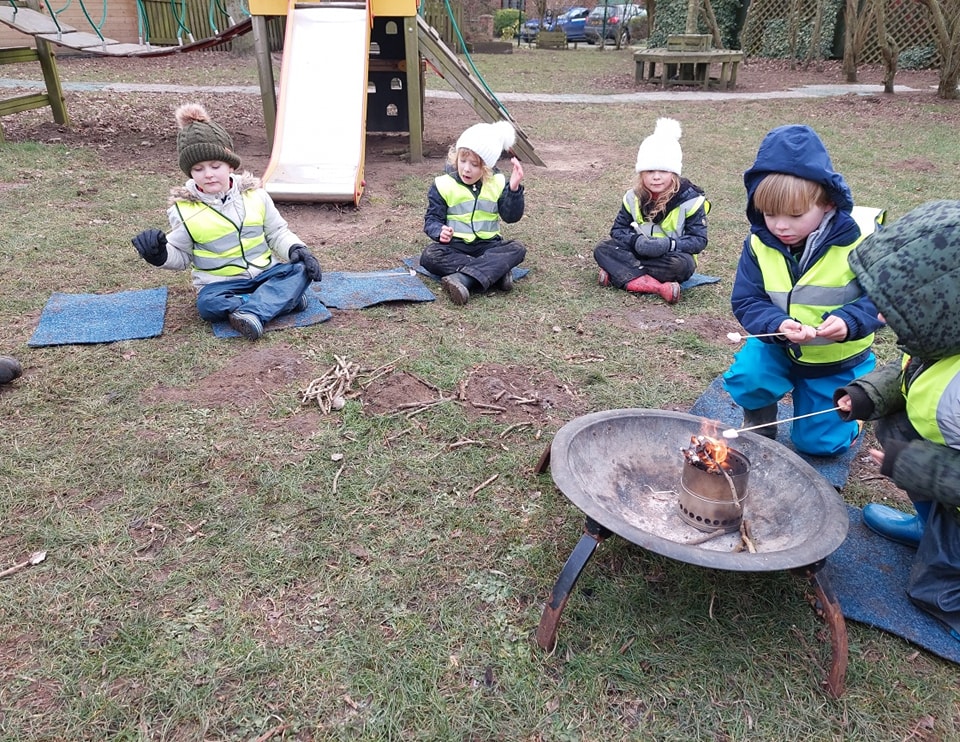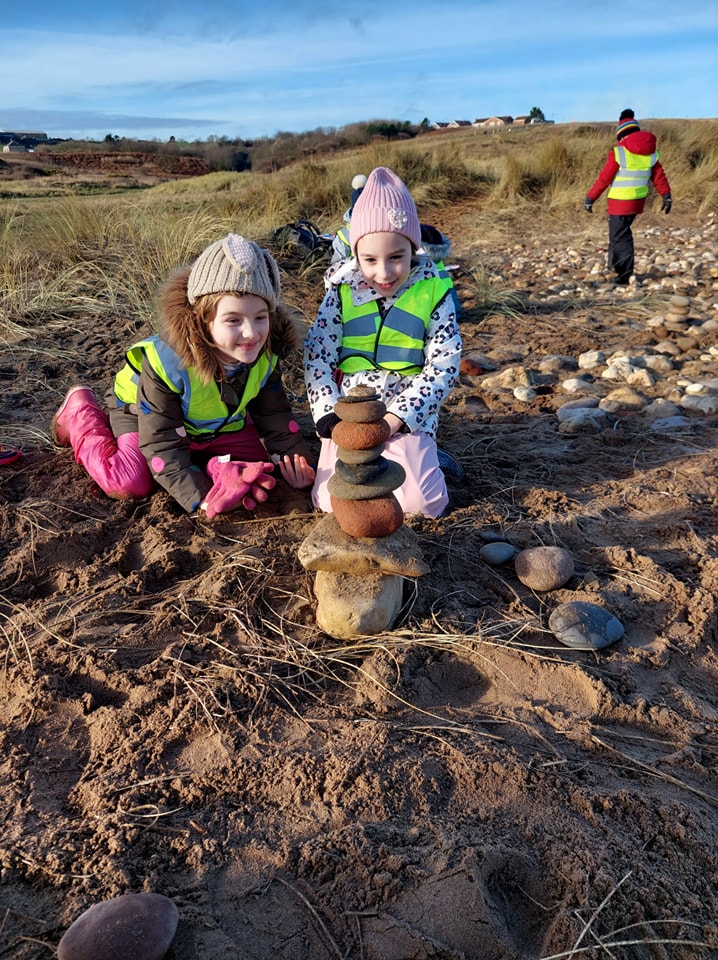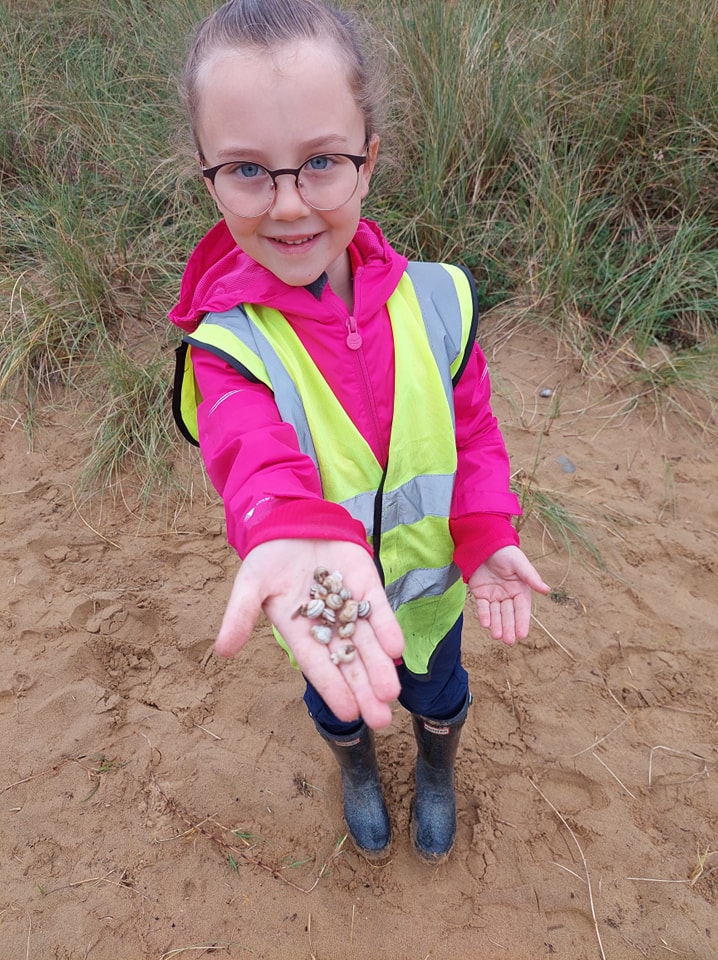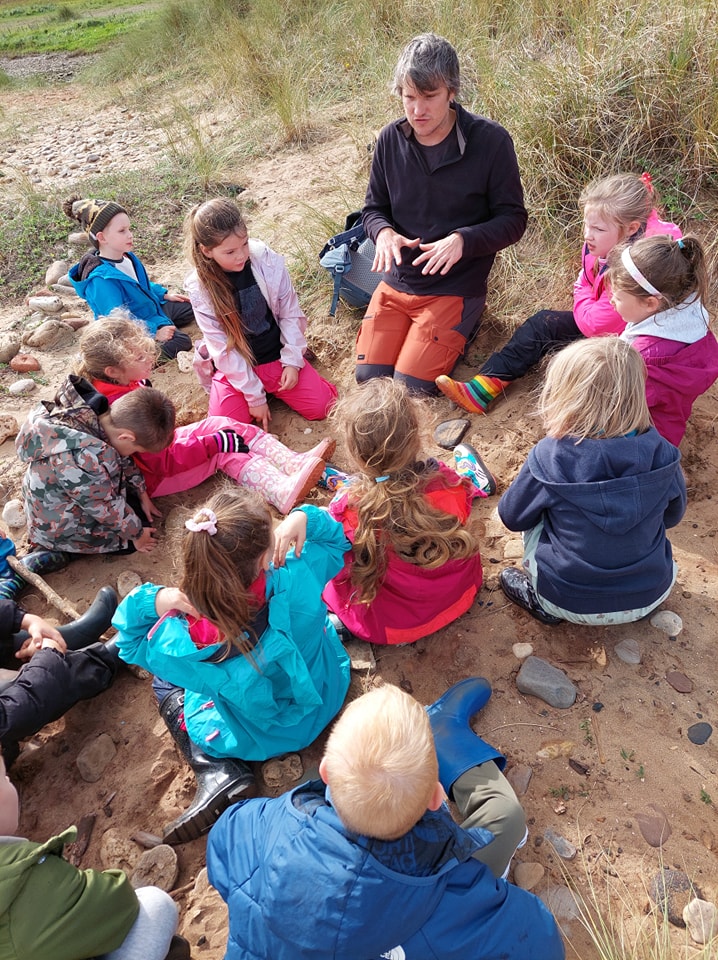Outdoor Learning – Progression of skills & knowledge
As part of our creative curriculum all our children participate in outdoor learning several times a year. This involves them taking part in outdoor learning opportunities with a local organisation, Exploring Etc. Through these experiences, our children become more resilient, confident, and independent.
The younger children begin to explore the school grounds, learning about the trees, birdlife, insects and plants. We introduce a taste of adventure early with activities to encourage balancing, crawling, jumping. The children learn to behave carefully around fire and enjoy preparing campfire snacks. By year 3 and 4, the children explore local nature reserves and country parks. We introduce more adventurous activities such as off-road scooters, abseiling and weaselling.
By year 5 and 6 the outdoor sessions culminate in children prepared to take on challenging adventurous activities: such as gorge-walking, canoeing, and rock-climbing. We see them understand and take responsibility for using safety equipment correctly, they support their friends through difficulties, and gain water confidence and a head for heights. By this stage, we can explore a range of brilliant places on our doorstep such as the hills and crags of the North York Moors, the River Wear, and many beautiful forests, country parks and beaches.
Throughout this progression, the children develop a deeper connection with the natural world. They see up close the wildlife in local areas, whether this be crabs and starfish in rockpools on the beach, kingfishers and herons on the river, or the seasonal changes in woodland. Learning in nature supports the children’s health and wellbeing, offering moments of calm reflection alongside opportunities to be physically active. They also learn to feel compassionate about the natural places they spend time in and act on environmental issues, for example with canoe litter picks, or a commitment to “leave no trace”.
The sessions also link to objectives in the Key Stage 1 and 2 National Curriculum. For example, children might learn about the features of a river on a stream walk in wellies through Crimdon Burn. They then make sketch maps, labelling the river features, using natural materials on Crimdon Beach. In this way, academic topics are exciting, creative, and practical.
We value the fieldwork opportunities that outdoor learning provides our children. What does fieldwork look like at our school?

